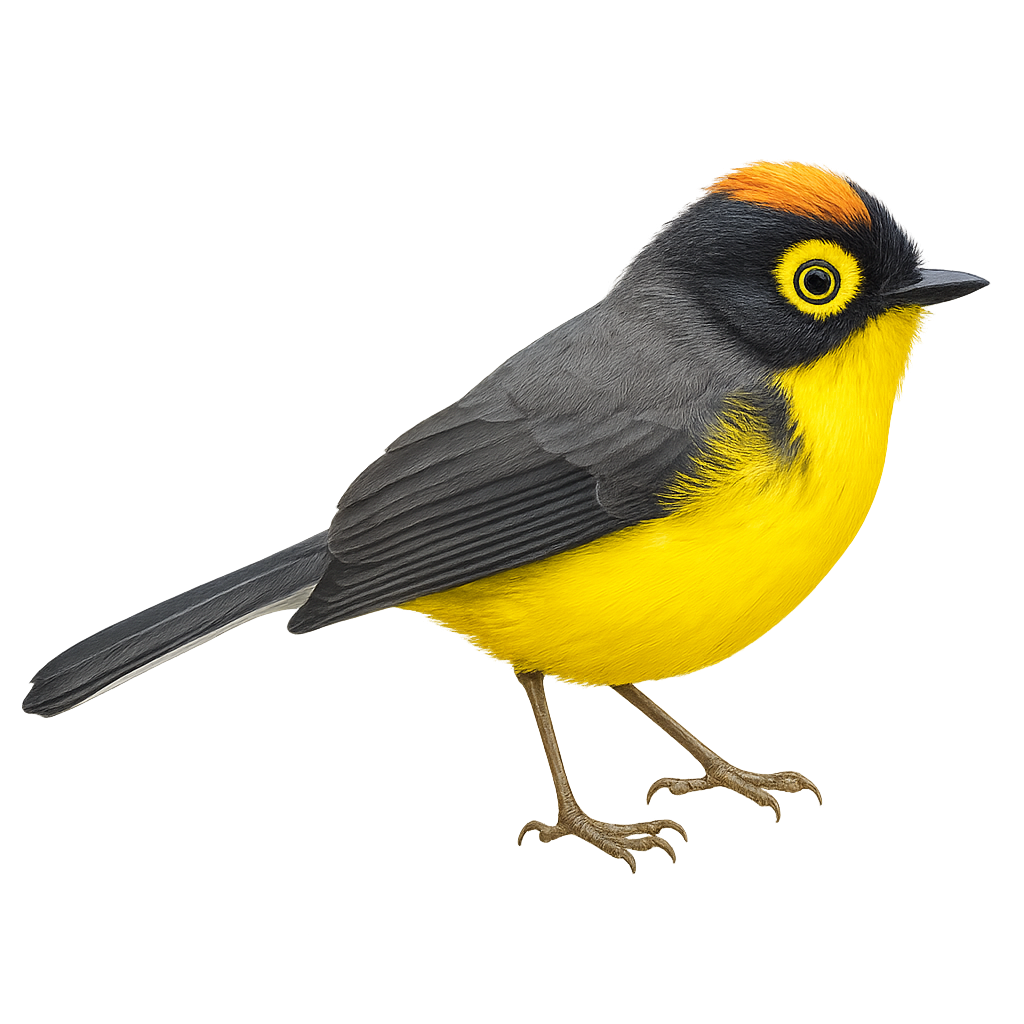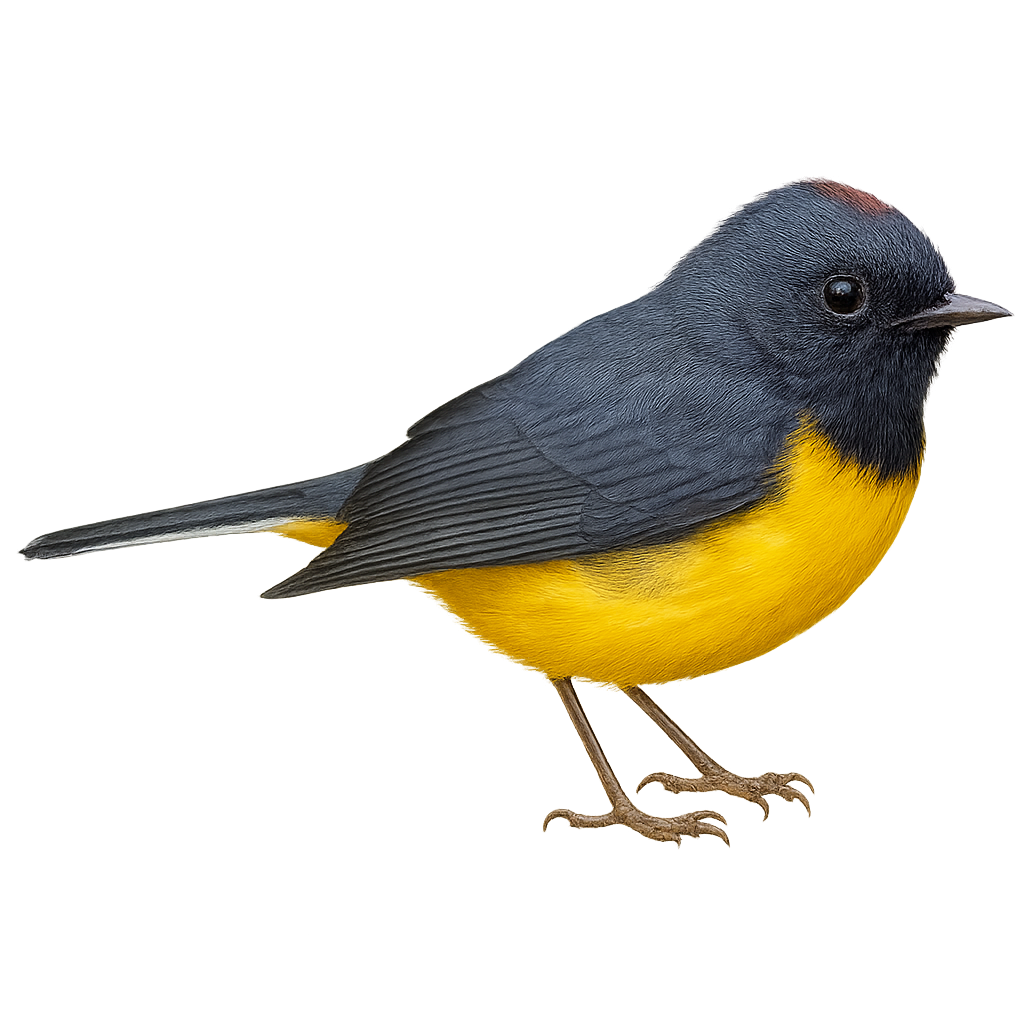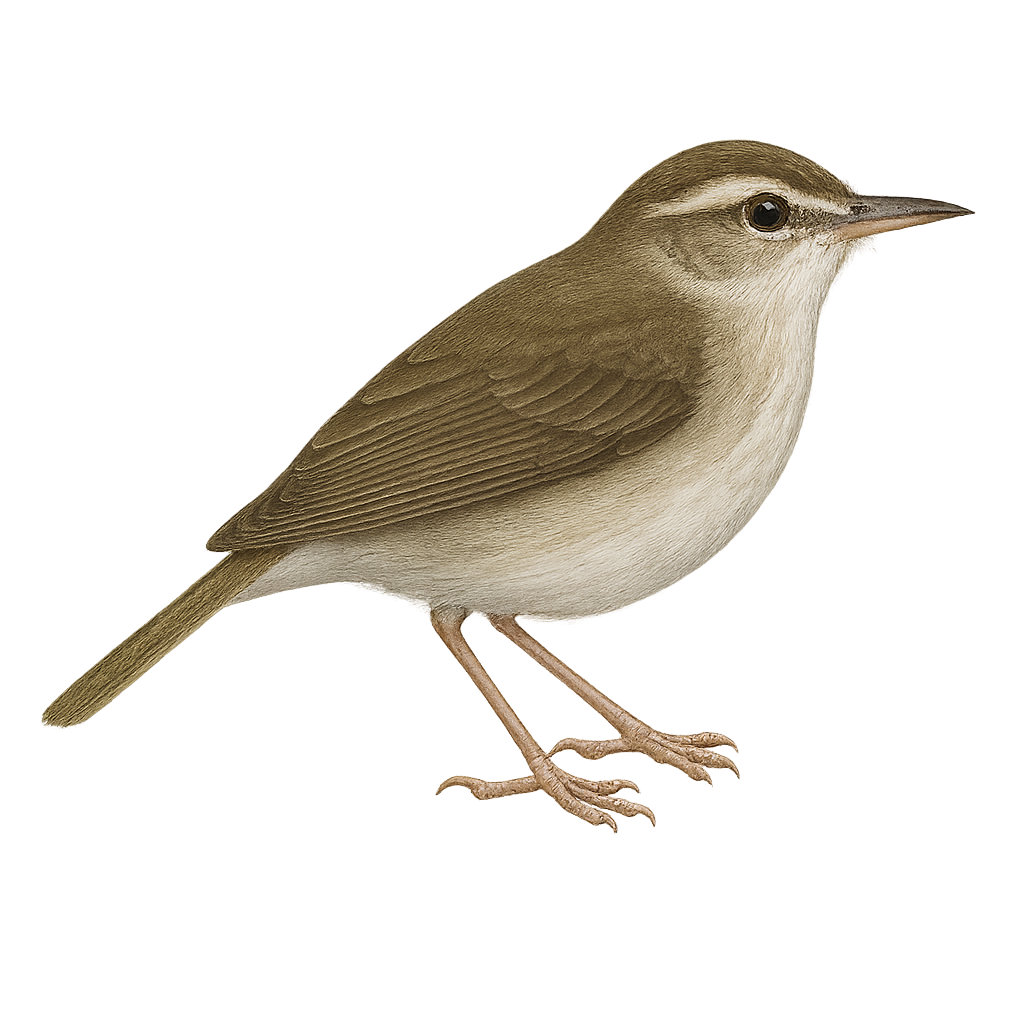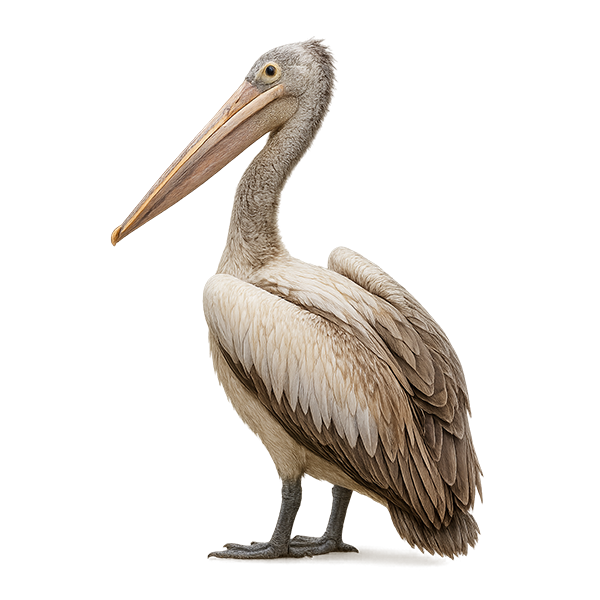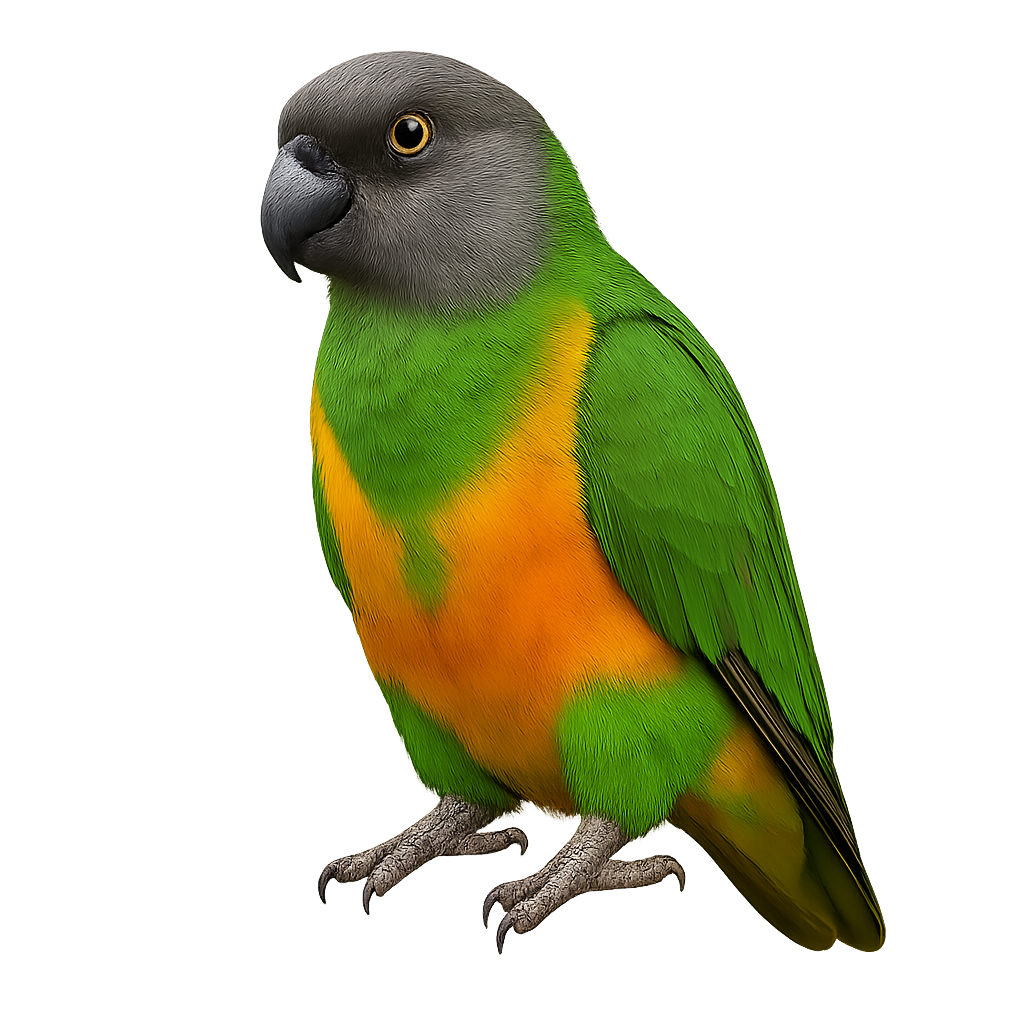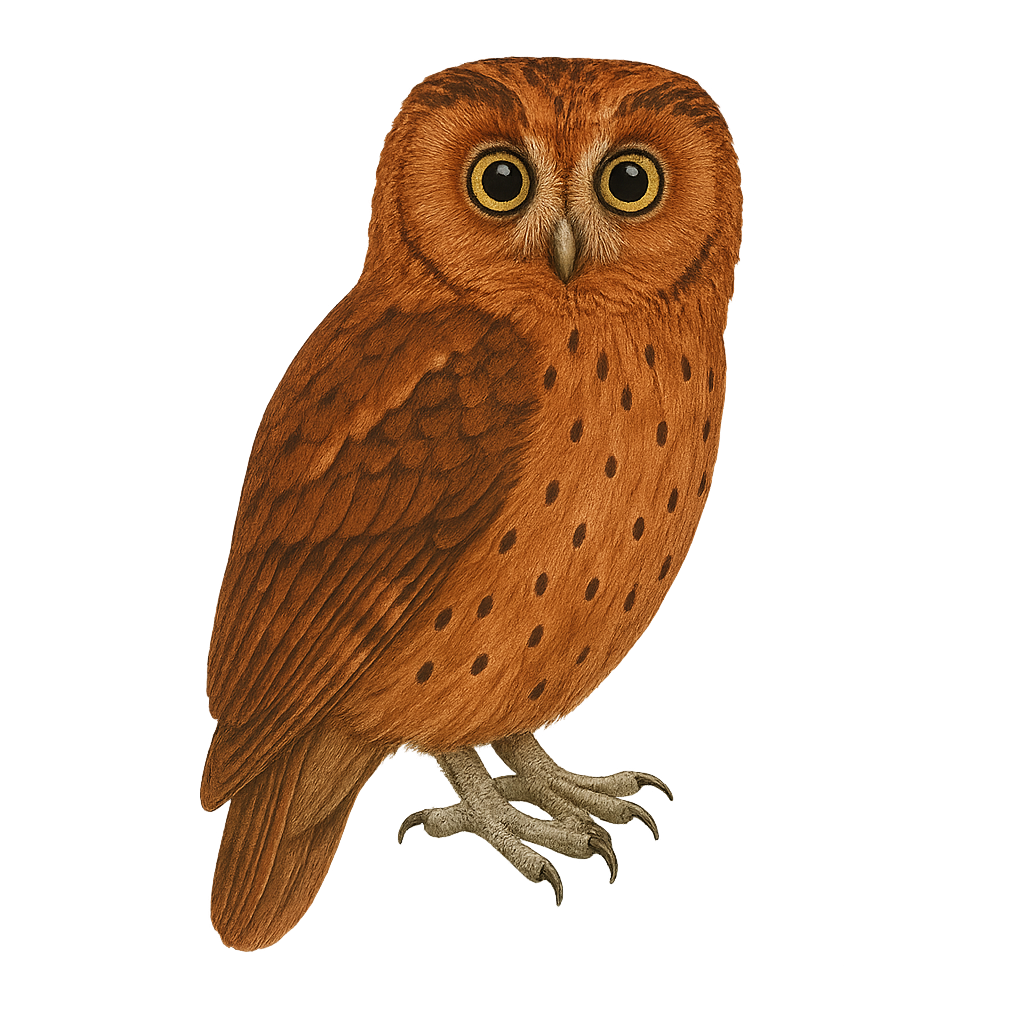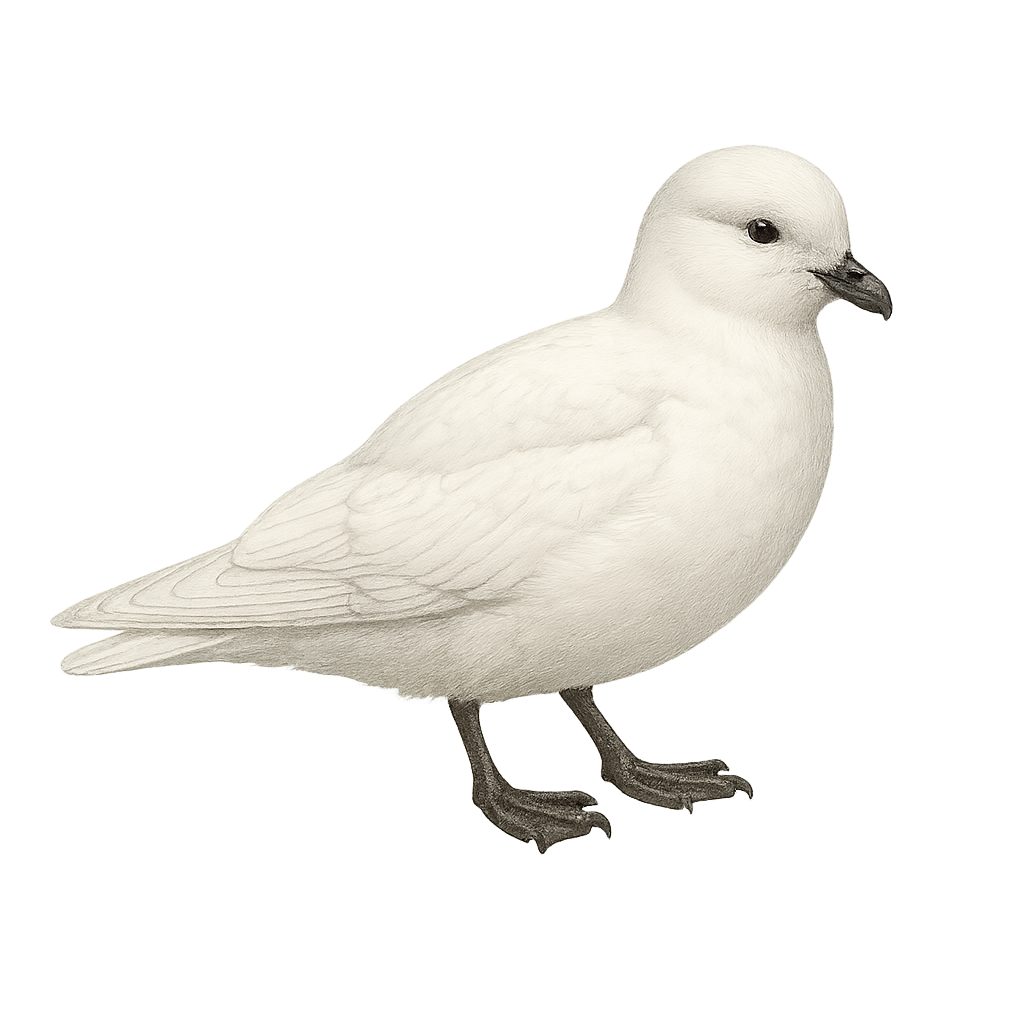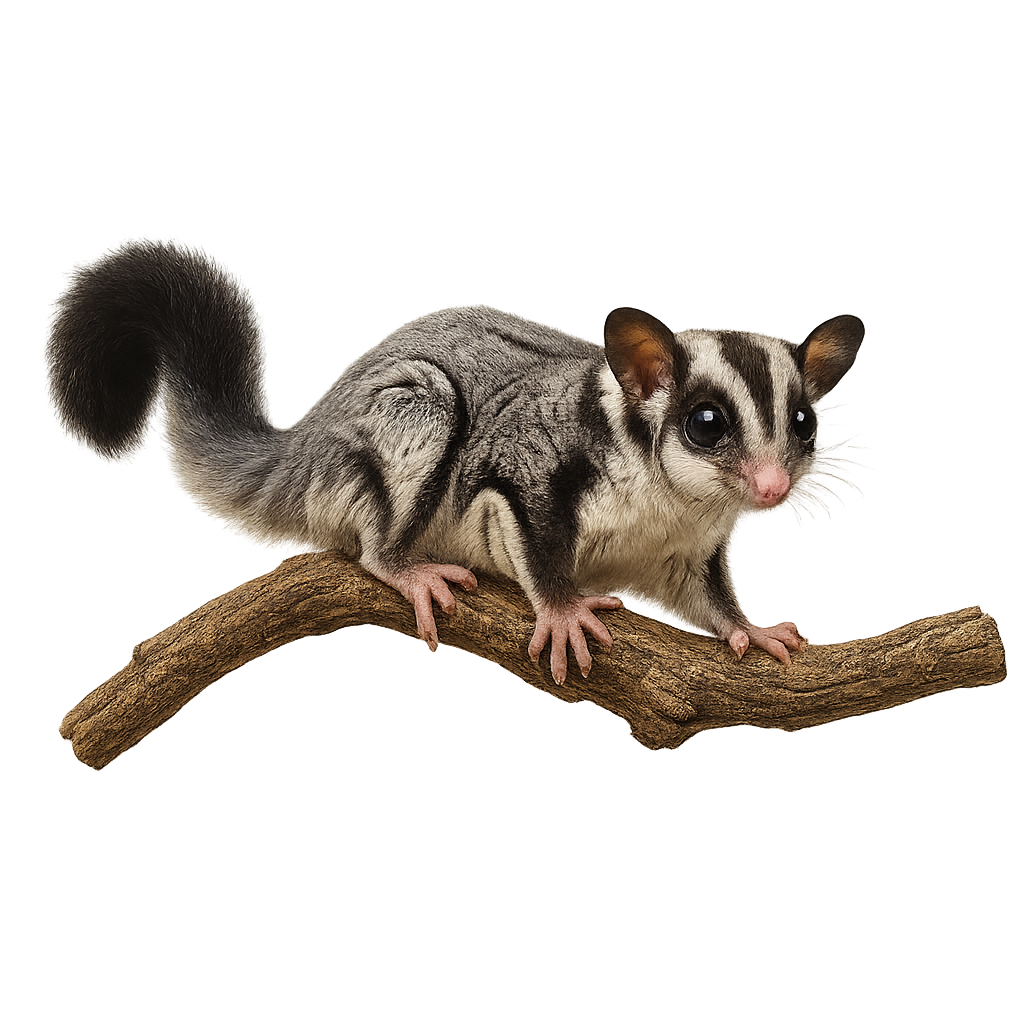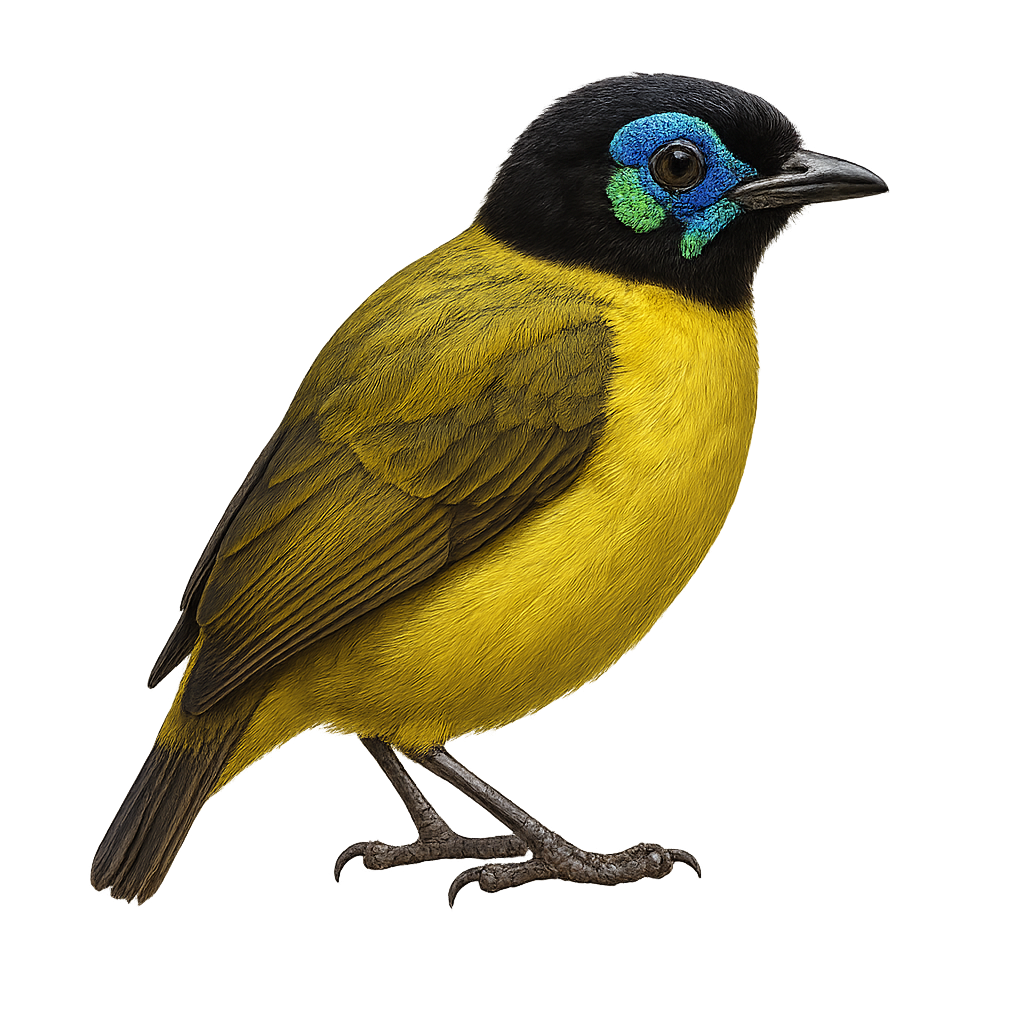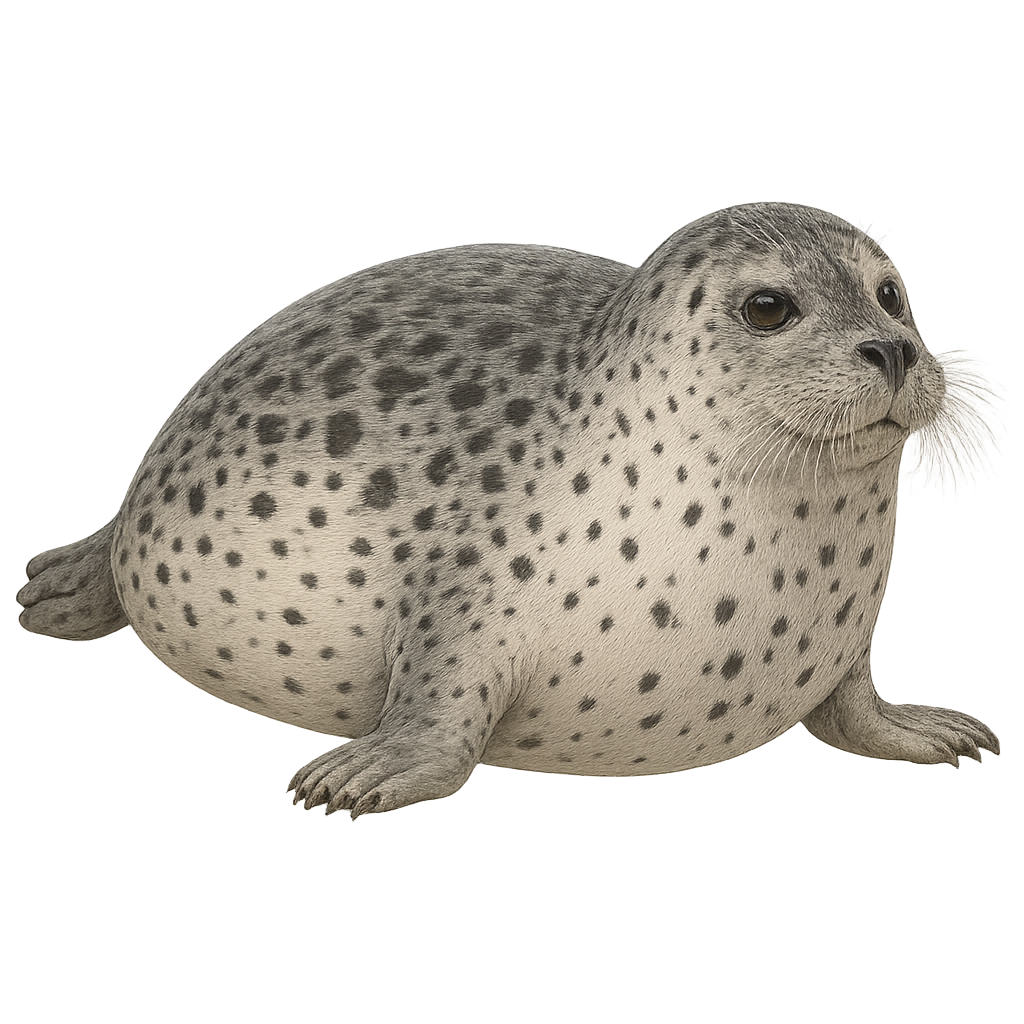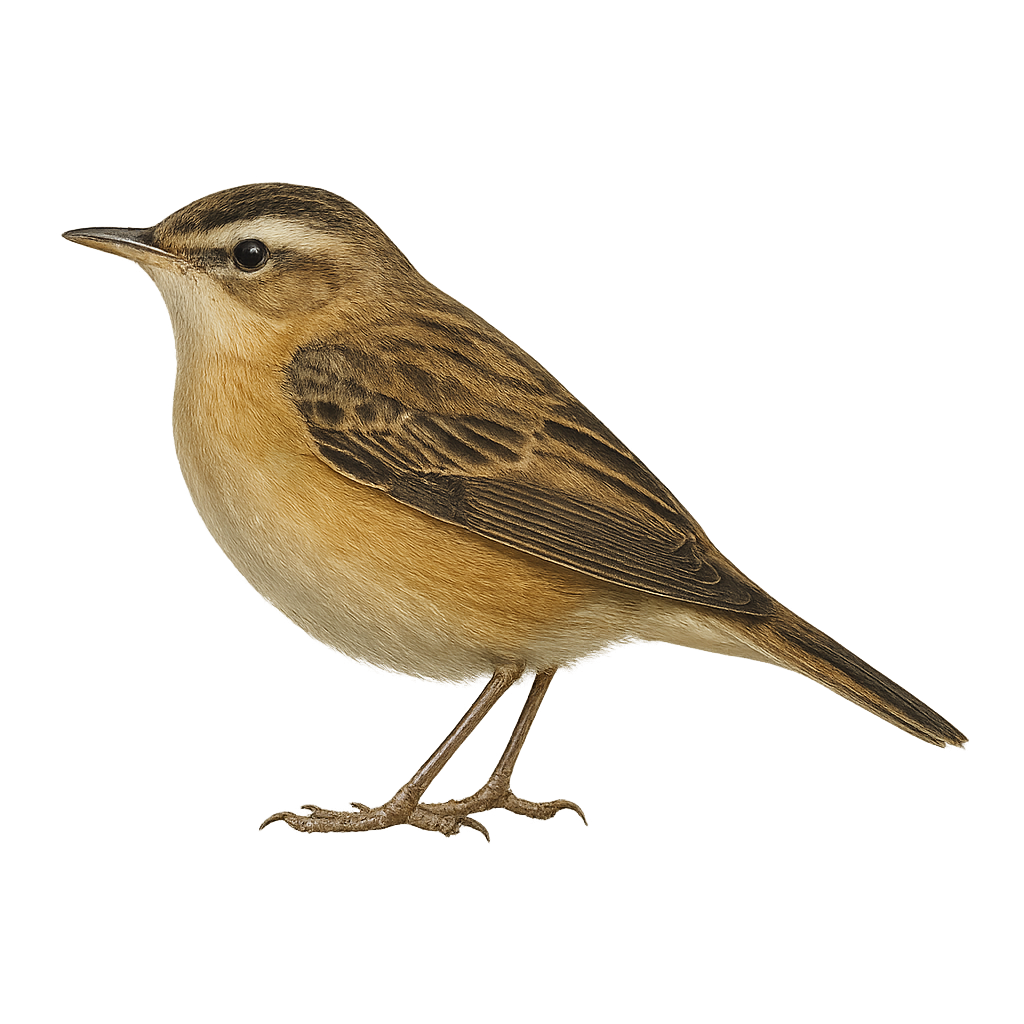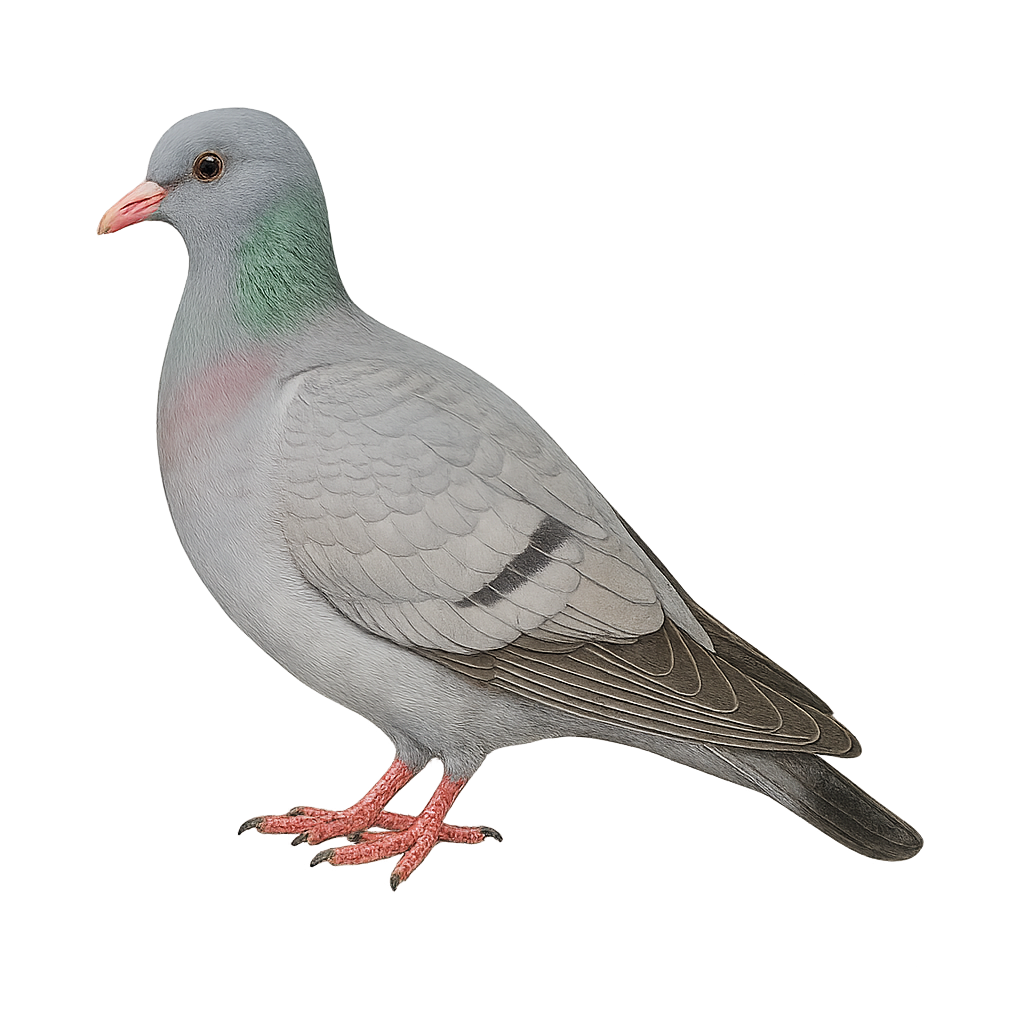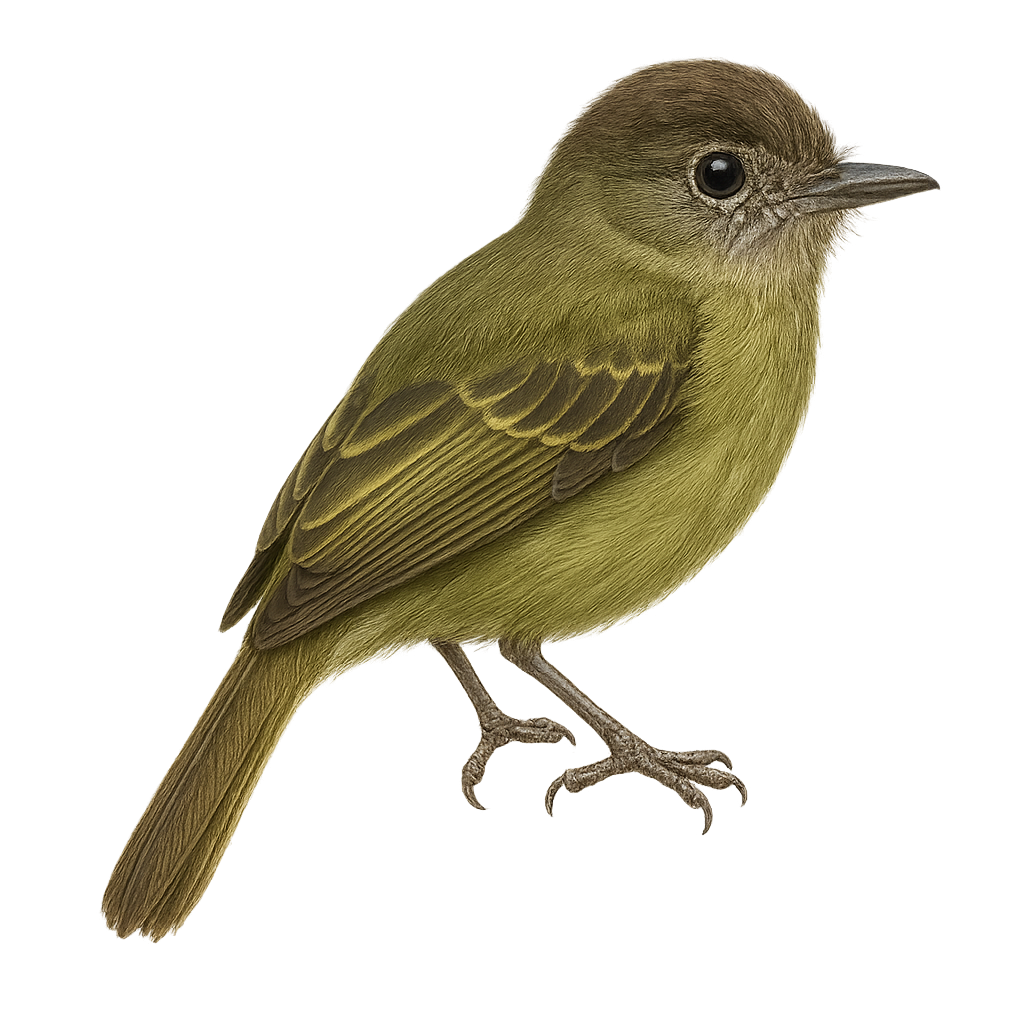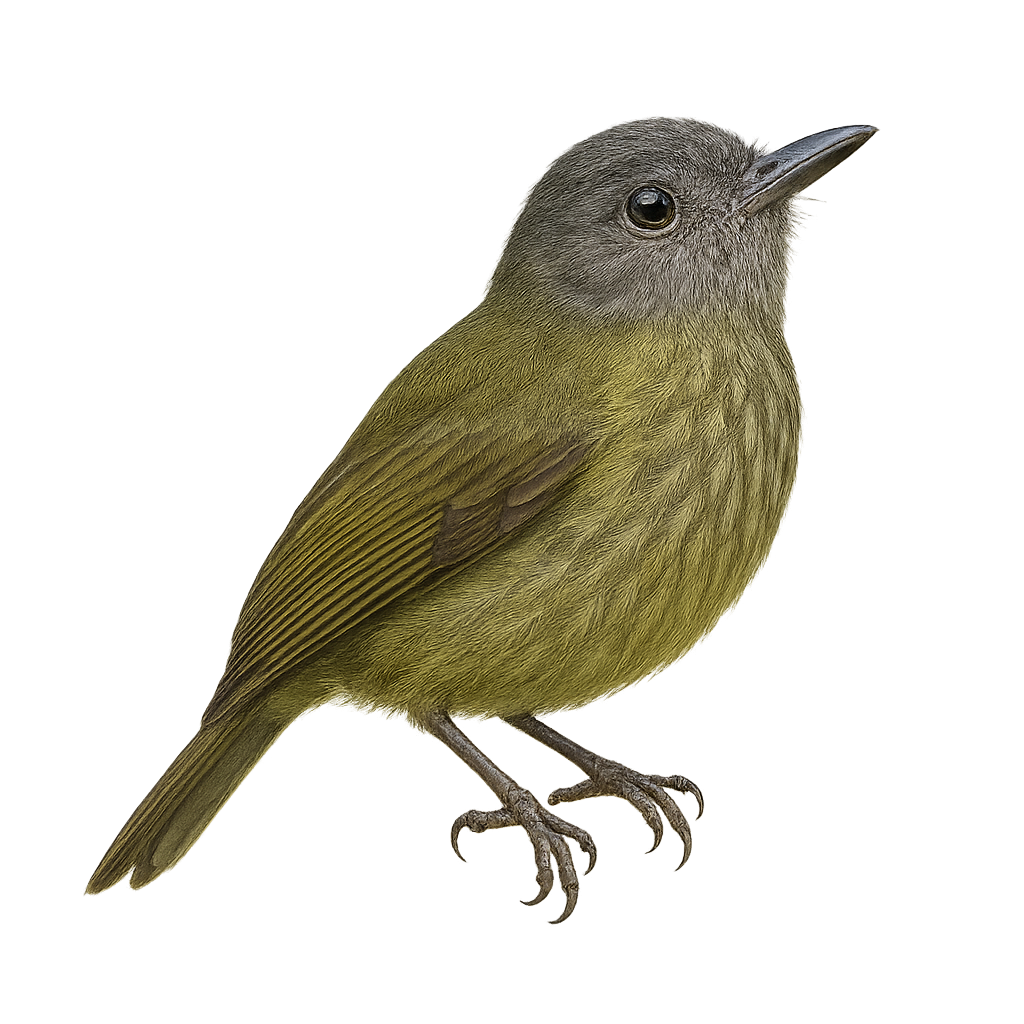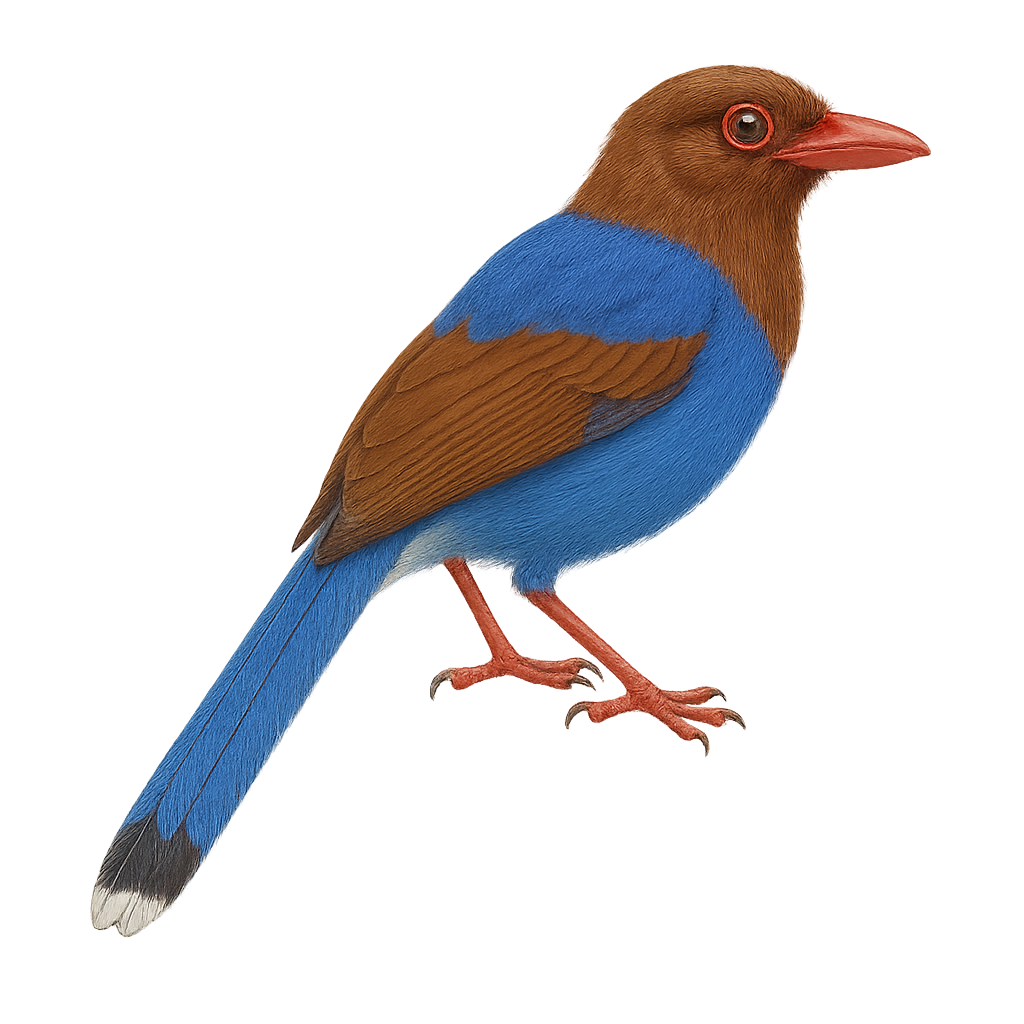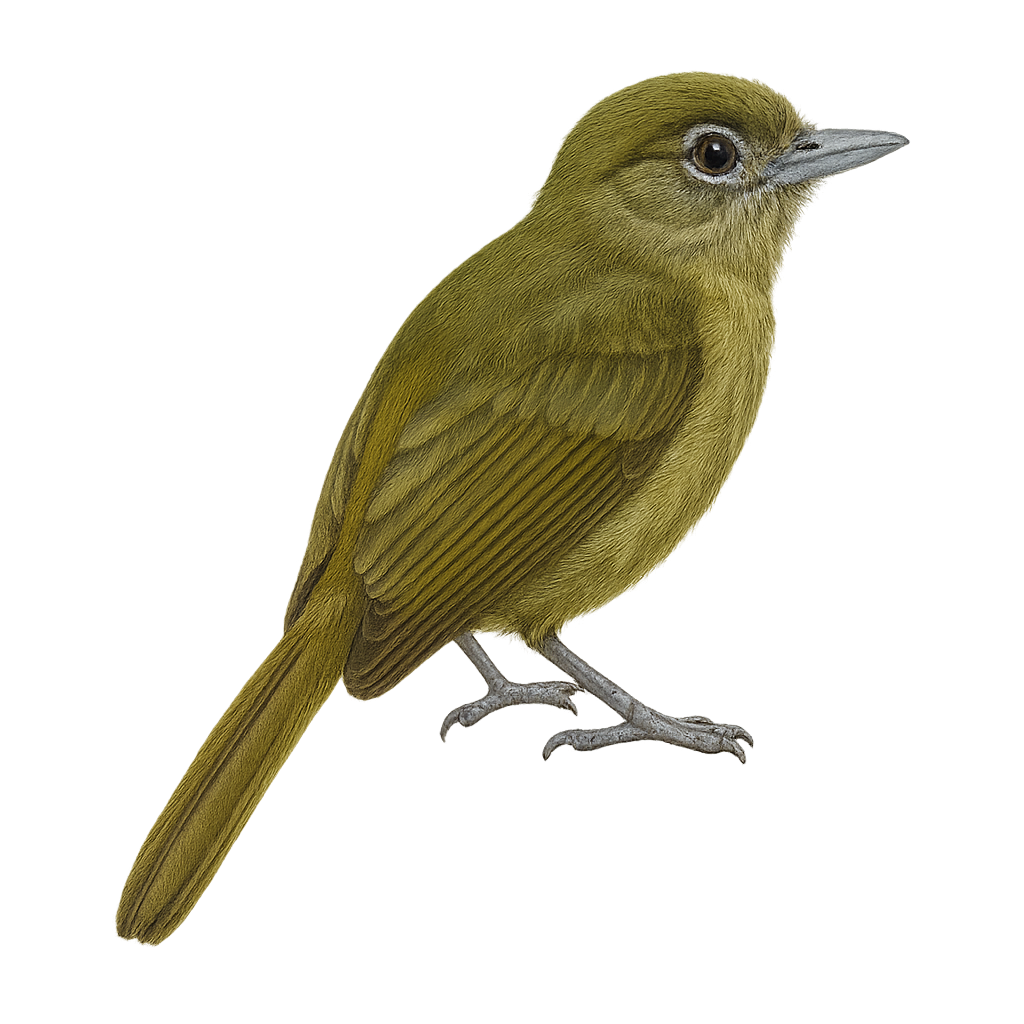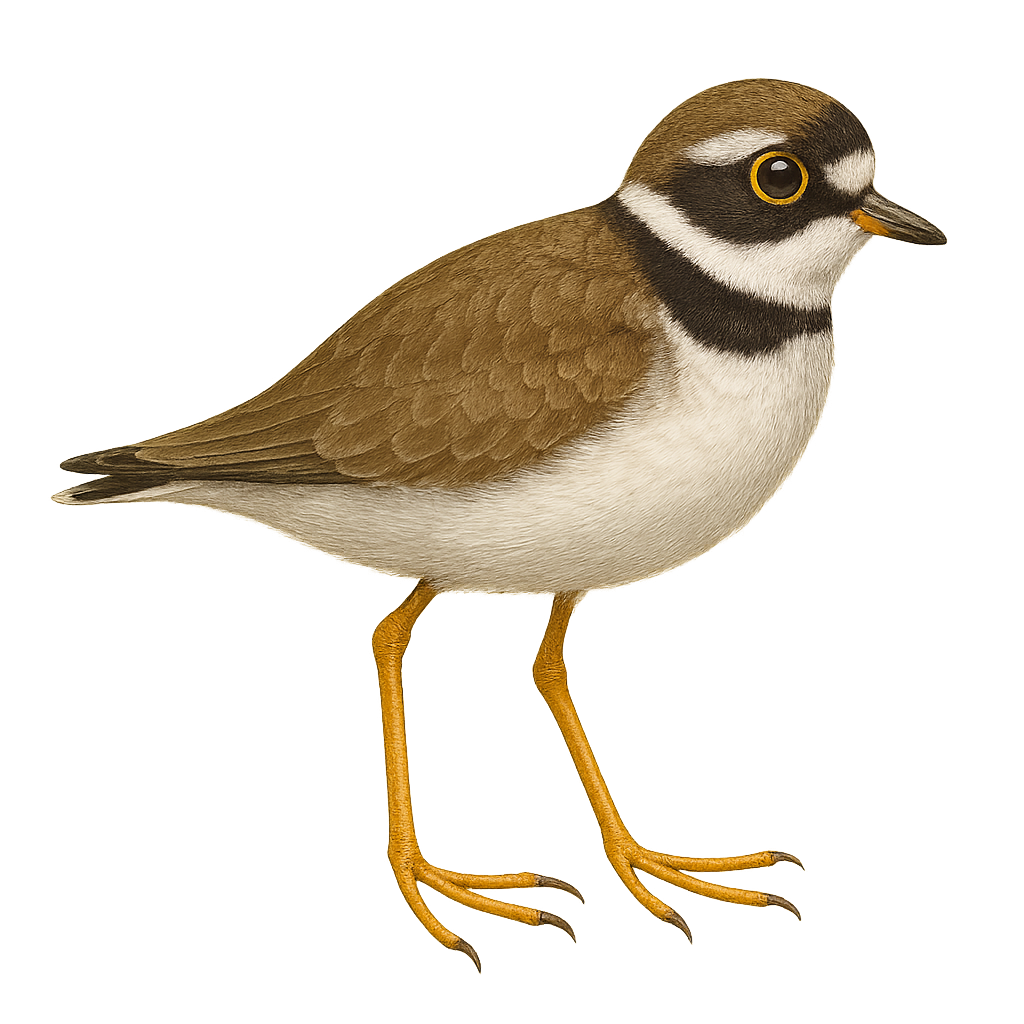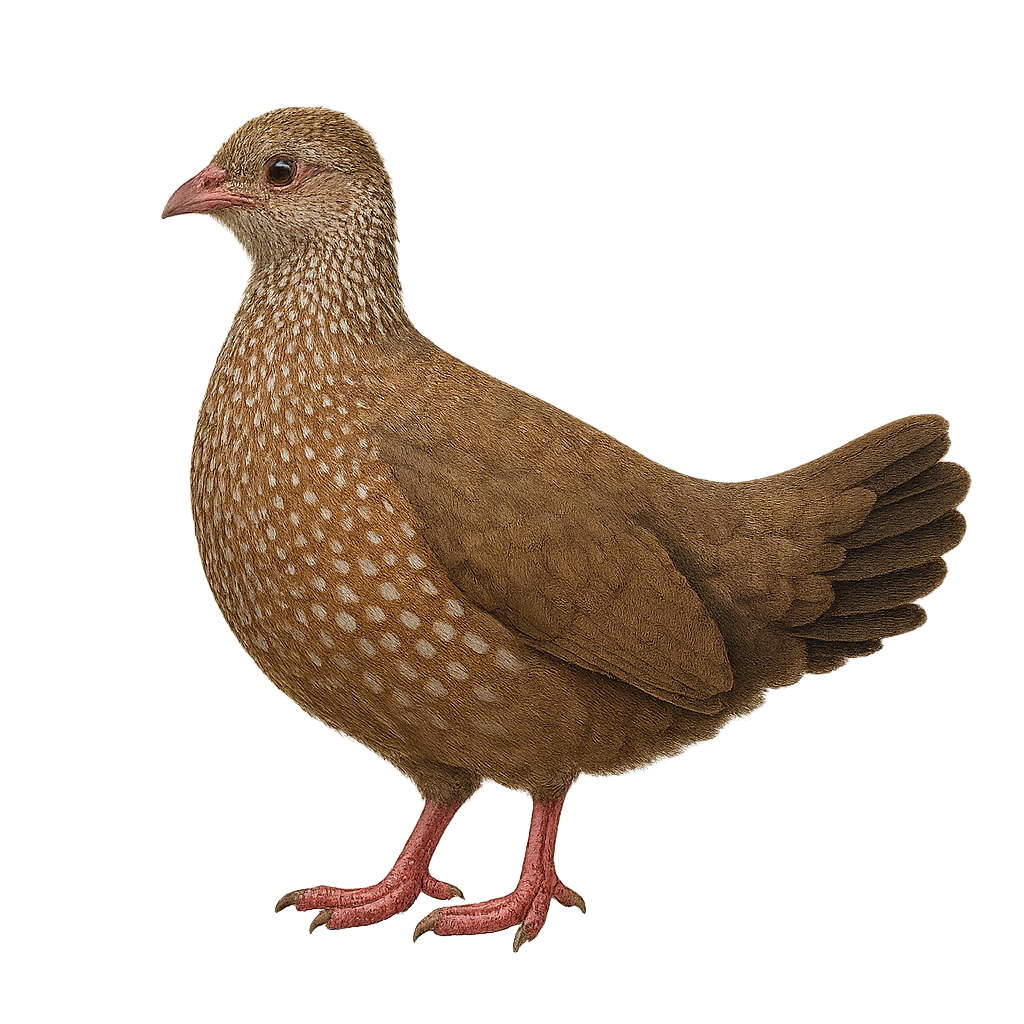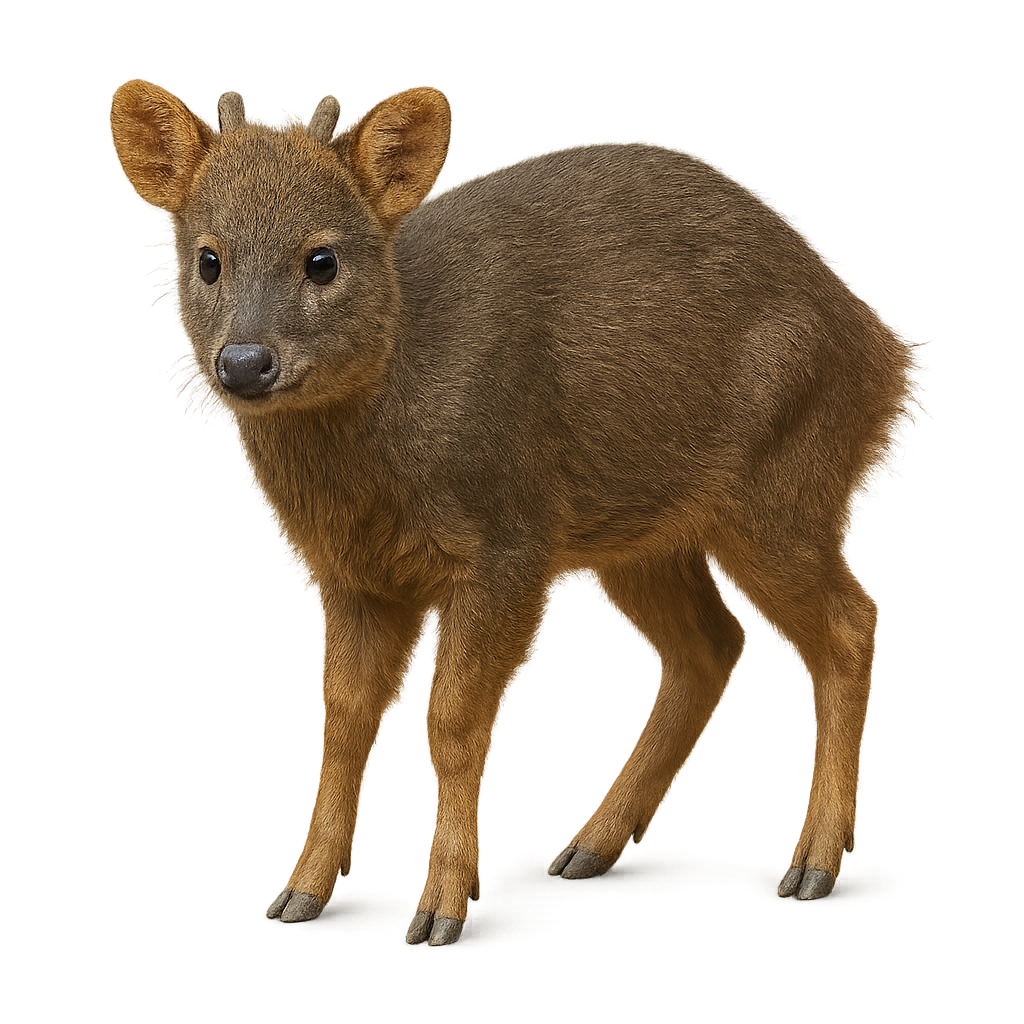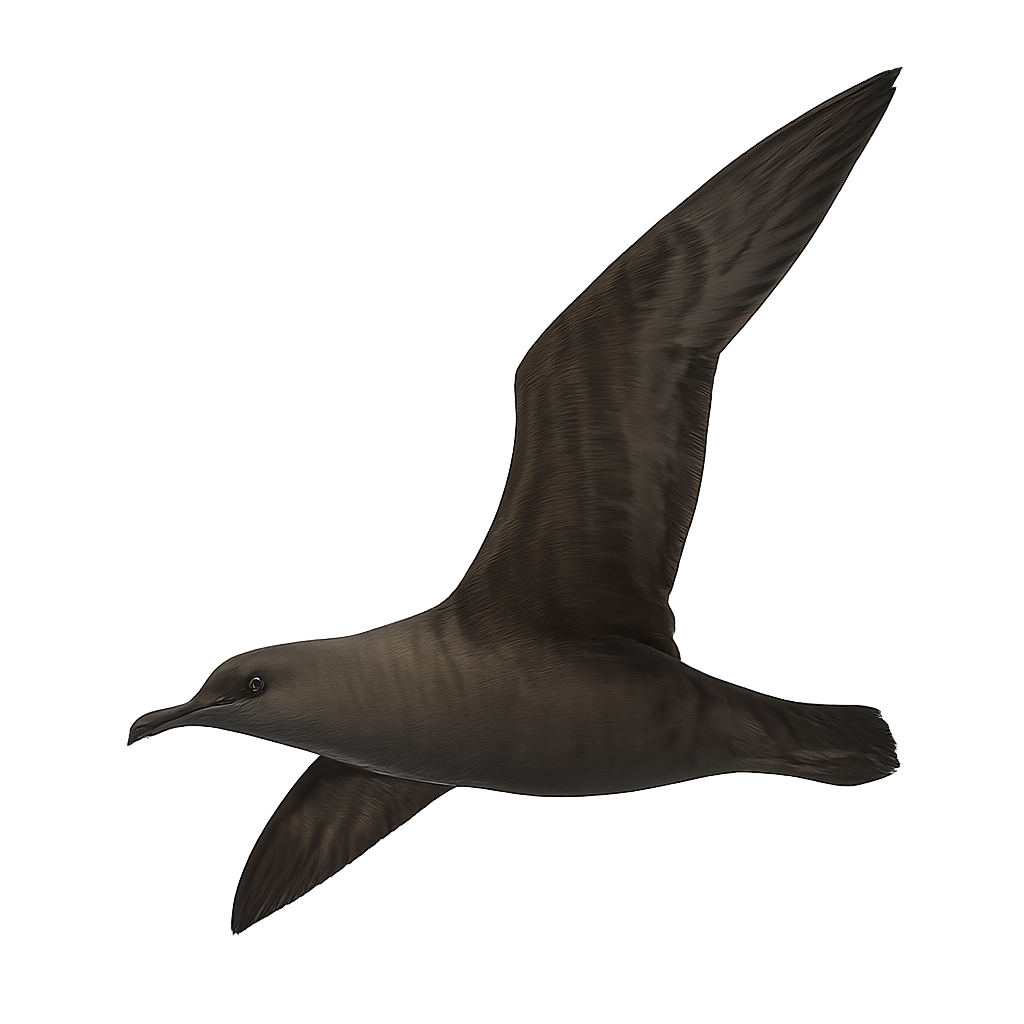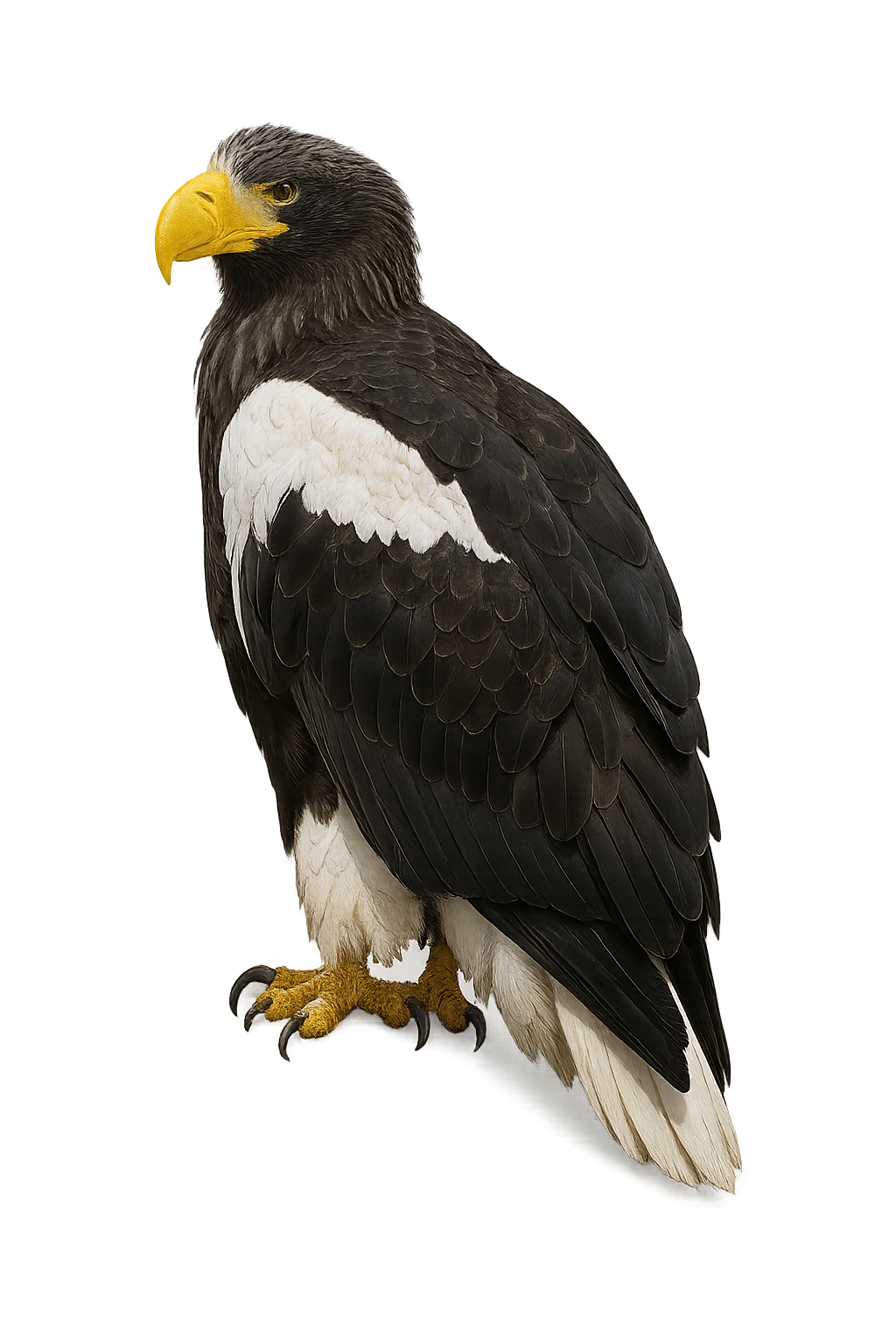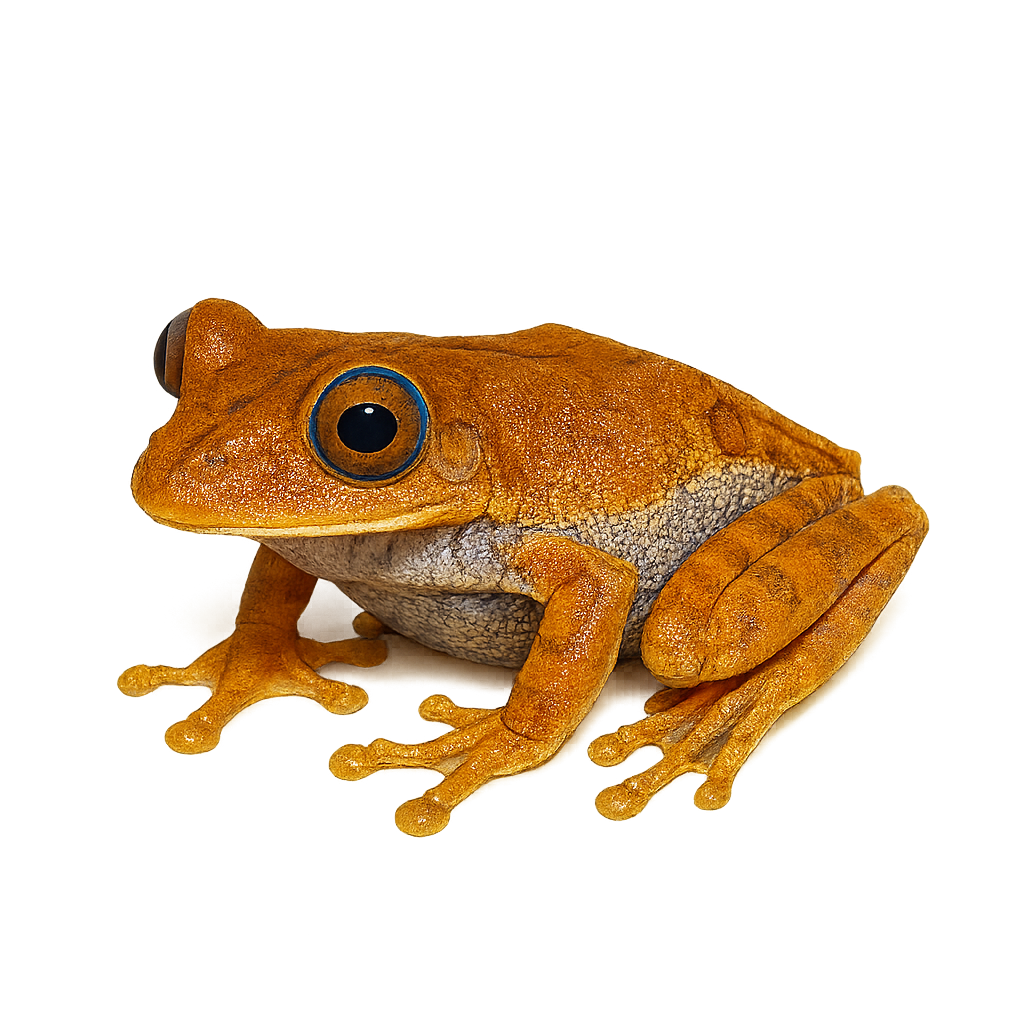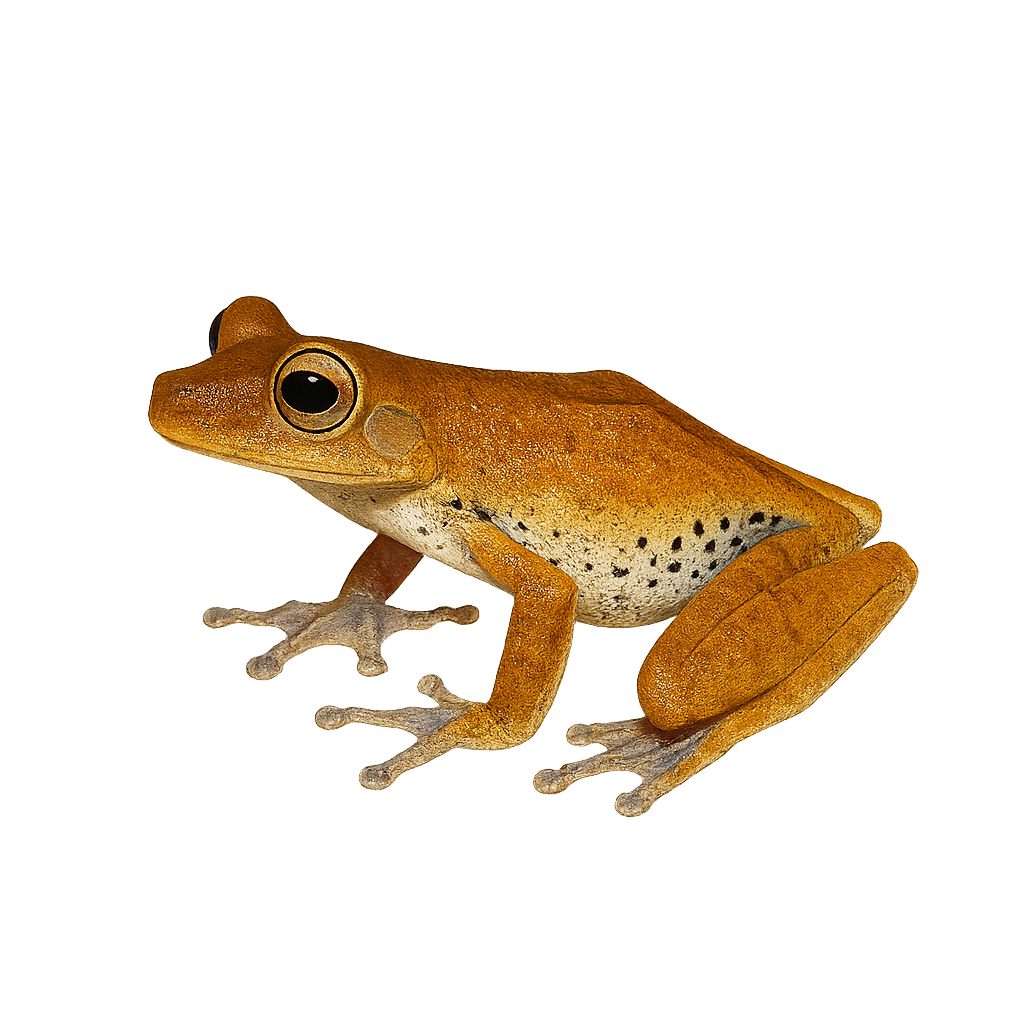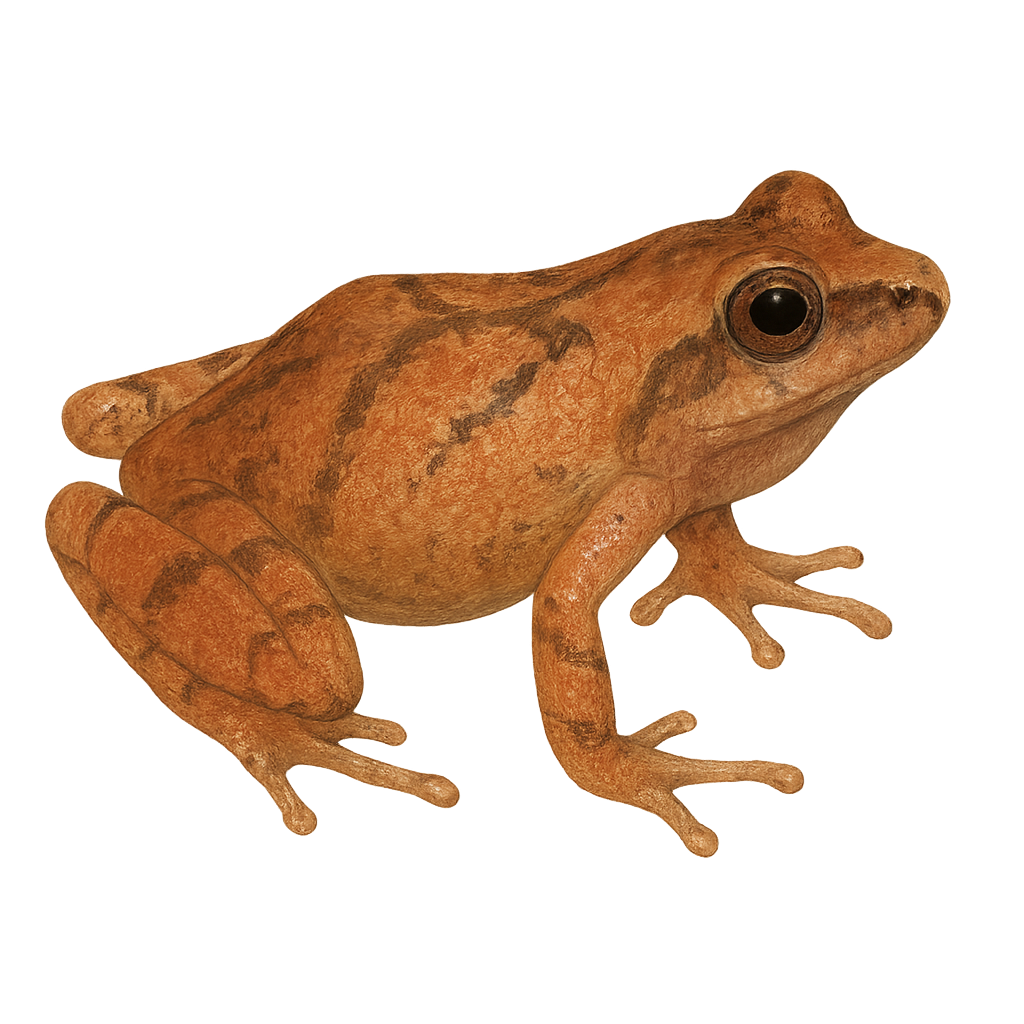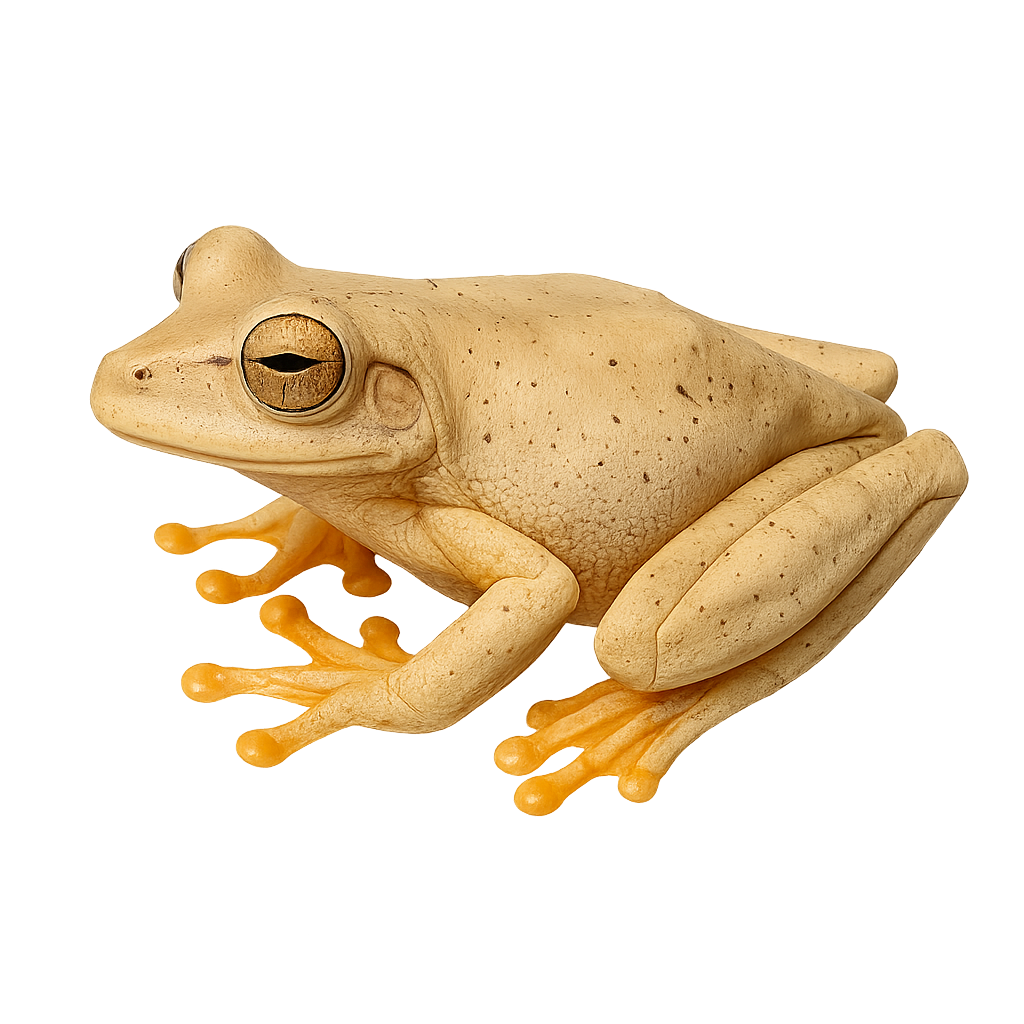The Spectacled Whitestart is a small songbird from the Parulidae family, primarily found in the mountainous forests of Central and South America. It is distinguished by its black head contrasting with its bright yellow body and gray wings. Its melodious song is often heard in dense undergrowth where it primarily feeds on insects. Known for its active behavior, it moves swiftly through foliage. Although generally discreet, it can be observed during its foraging movements. Its presence is an indicator of the health of the forest ecosystems it inhabits.
The Slate-throated Whitestart, or Myioborus miniatus, is a small, brightly colored songbird primarily found in the mountainous forests of Central and South America. It is distinguished by its vivid red head, gray back, and bright yellow belly. This bird is often seen actively hopping through the underbrush in search of insects. Its behavior is generally tolerant towards humans, making it an ideal subject for amateur birdwatchers. The Slate-throated Whitestart is also known for its dynamic courtship displays, where it fans its tail to impress potential mates. Although not currently threatened, deforestation poses a potential risk to its natural habitat.
The Swainson's Warbler, Limnothlypis swainsonii, is a secretive and little-known bird, primarily found in the humid forests of the southeastern United States. It is characterized by its olive-brown plumage, pale eyebrow, and relatively long, slender bill. This bird prefers dense undergrowth and swamps, where it feeds mainly on insects and spiders. Although its song is melodious, it is often difficult to spot due to its elusive behavior. The Swainson's Warbler is a partial migrant, moving south for the winter. Its population is stable, but it remains vulnerable to habitat loss due to deforestation and wetland drainage.
The Spot-billed Pelican, or Pelecanus philippensis, is a large aquatic bird known for its distinctive spotted bill. It primarily inhabits the wetlands of South and Southeast Asia, including India, Sri Lanka, and Indonesia. This pelican feeds mainly on fish, which it catches using its long and powerful bill. Often seen in groups, it nests in trees near water bodies. Although its conservation status is concerning, efforts are underway to protect its natural habitats. The Spot-billed Pelican's plumage is mostly white with shades of grey, and it boasts an impressive wingspan that allows it to glide gracefully over the waters.
The Senegal parrot is a small parrot that lives in the savannas and forests of West Africa, particularly in Senegal, Guinea, and Mali. It is easily recognizable by its bright green plumage, gray head, and red cheeks. This parrot is primarily frugivorous but also feeds on seeds and nuts. It is a social and active companion, living in small groups. While not threatened, it is sometimes captured for the exotic bird trade.
The Sokoke Scops Owl, or Otus ireneae, is a small nocturnal bird of prey endemic to the coastal forests of eastern Africa, particularly in Kenya and Tanzania. This elusive owl is notable for its modest size, measuring about 16 to 18 cm in length. Its plumage is primarily brown with streaked patterns that allow it to blend seamlessly into its wooded environment. The piercing yellow eyes and subtle ear tufts are characteristic of this species. The Sokoke Scops Owl is an opportunistic predator, feeding mainly on insects and small invertebrates. It is often heard rather than seen, thanks to its soft, repetitive call. This species is currently classified as vulnerable due to deforestation and habitat loss.
The Snow Petrel, Pagodroma nivea, is a marine bird iconic to the Antarctic regions. It is distinguished by its entirely white plumage, which allows it to blend into the icy landscapes. Measuring about 30 to 40 cm in length with a wingspan of 75 to 95 cm, it is perfectly adapted to the extreme conditions of its habitat. Its black beak and dark eyes contrast with its immaculate plumage. The Snow Petrel feeds mainly on krill, fish, and squid, which it captures by diving into the icy waters. It nests on rocky cliffs, where it lays a single egg per year. This bird is a symbol of resilience and adaptation to the most hostile environments on our planet.
The sugar glider, or Petaurus breviceps, is a small arboreal marsupial native to Australia and New Guinea. Known for its ability to glide using a membrane called the patagium, which stretches from its wrists to its ankles, this small animal weighs between 90 and 150 grams. It is primarily nocturnal and feeds on nectar, tree sap, insects, and fruits. Its soft, gray fur with a distinctive black stripe running from its nose to its back makes it easily recognizable. Living in social groups, the sugar glider uses a variety of vocalizations to communicate. Although popular as a pet, it requires specific care to thrive in captivity.
The Schlegel's Asity is an endemic bird of Madagascar, known for its vibrant plumage and unique breeding behaviors. Males display bright yellow colors with blue ornaments around the eyes, while females are more subdued with green and brown hues. These birds primarily inhabit the humid tropical forests of northern Madagascar, where they feed on fruits and insects. Their song is melodious and complex, often used to attract mates during the breeding season. Although their population is stable, deforestation poses a potential threat to their natural habitat.
The spotted seal, or Phoca largha, is a medium-sized marine mammal known for its light gray coat adorned with dark spots. It primarily inhabits the cold waters of the North Pacific Ocean, particularly around the coasts of Alaska, Russia, and Japan. This seal is well adapted to aquatic life, with a streamlined body and powerful flippers that allow it to swim gracefully. It feeds mainly on fish, crustaceans, and cephalopods. Spotted seals are often solitary but may gather in small groups during the breeding season or at haul-out sites. Their population is currently stable, although threats such as pollution and climate change may impact their habitat.
The Sedge Warbler is a small passerine bird from the Acrocephalidae family, commonly found in marshes and wetlands across Europe and Asia. It is characterized by its brown plumage with black streaks on the back and a lighter underside. Its song is a complex mix of trills and whistles, often delivered from a high perch. A migratory species, it winters in sub-Saharan Africa. It feeds mainly on insects and spiders, which it catches in dense vegetation. During the breeding season, the male builds several nests to attract a female. The final nest is often located in reeds or low bushes, well hidden to protect the eggs and young from predators.
The Squirrel Cuckoo, or Piaya cayana, is an elegant and slender bird, recognizable by its reddish-brown plumage and long tail striped with white. It primarily inhabits the tropical and subtropical forests of Central and South America. This cuckoo is often seen moving agilely through the canopy, searching for insects and small vertebrates. Although generally solitary, it can sometimes be seen in small groups. Its call is a soft whistle, often heard at dusk. The Squirrel Cuckoo is a fascinating bird due to its discreet behavior and ability to blend into its environment, making it sometimes difficult to spot despite its relatively large size.
The Southern Grey Shrike is a medium-sized bird, recognizable by its grey and white plumage, with black wings and a distinctive black band across the eyes. It is often seen perched on bushes or wires, watching for prey. This bird is a formidable predator, feeding mainly on insects, small mammals, and other birds. It is known for impaling its prey on thorns or barbed wire, a technique that allows it to store food. The Southern Grey Shrike is a territorial bird, often solitary, except during the breeding season when it forms pairs.
The Stock Dove, Columba oenas, is a medium-sized bird, measuring about 32 to 34 cm in length with a wingspan of 60 to 66 cm. It is characterized by its uniform blue-grey plumage, lacking the white markings seen in other pigeons. Its nape shows iridescent green and purple hues. It inhabits open woodlands, parks, and agricultural areas, often near water. The Stock Dove is a discreet bird, often seen in small groups. It feeds mainly on seeds, berries, and young shoots. Its call is a soft, repetitive cooing. It nests in tree cavities, sometimes in abandoned buildings.
The Sepia-capped Flycatcher, scientifically known as Leptopogon amaurocephalus, is a small bird from the Tyrannidae family. It is characterized by its dark brown head and lighter underparts. This modest-sized bird is often hard to spot in its natural habitat due to its discreet plumage. It is primarily found in the tropical and subtropical forests of South America, where it feeds on insects. Its song is a gentle whistle, often heard before the bird is seen. This passerine is a perfect example of adaptation to its environment, using its plumage to blend into dense foliage. Although not threatened, preserving its habitat is crucial for its survival.
The Streak-necked Flycatcher, or Mionectes striaticollis, is a small bird from the Tyrannidae family. It is characterized by its olive-brown plumage with distinctive white streaks on its neck and chest, giving it a unique appearance. This bird is primarily found in the humid forests of the Andes, where it feeds on insects and fruits. Known for its active behavior and melodious song, the Streak-necked Flycatcher is a diurnal bird often seen darting through the canopy. Although relatively tolerant of human presence, it prefers dense habitats where it can easily hide. Its population is stable, and it is not considered threatened.
The Sri Lanka Blue Magpie, Urocissa ornata, is an endemic bird of Sri Lanka, known for its striking blue plumage and long tail. It features a chestnut-brown head and neck, contrasting with its vivid blue body. Its red eyes and bright orange beak add to its striking appearance. It primarily inhabits montane rainforests, feeding on fruits, insects, and small vertebrates. Sociable in nature, it lives in family groups and is known for its varied vocalizations. Although its habitat is limited, it adapts well to secondary forests. However, deforestation poses a threat to its population, classified as vulnerable by the IUCN.
The Short-billed Flycatcher, or Rhynchocyclus brevirostris, is a small bird from the Tyrannidae family, primarily found in the humid tropical forests of Central and South America. It is recognizable by its short, broad bill, adapted for catching insects in flight. Its plumage is generally olive green above and paler below, allowing it to blend into the dense foliage. It is often seen alone or in pairs, actively moving in search of food. Its song is discreet, composed of soft, repetitive notes. Although its habitat is threatened by deforestation, it remains relatively common within its range.
The Semipalmated Plover, Charadrius semipalmatus, is a small shorebird recognized by its brown back and white belly, with a distinctive black band across its chest. It has a short, orange bill with a black tip and orange legs. It inhabits beaches, mudflats, and sandy shores, feeding primarily on insects, worms, and small crustaceans. A migratory bird, it breeds in the Arctic and winters along the American coasts, from the southern United States to South America. Its call is a soft "chu-weet" often heard in coastal habitats.
The Stone Partridge, scientifically known as Ptilopachus petrosus, is a medium-sized terrestrial bird belonging to the Odontophoridae family. It is primarily found in rocky regions and open savannas of West and Central Africa. This bird is recognizable by its speckled brown plumage, which provides effective camouflage in its natural habitat. The Stone Partridge is a social bird, often seen in small groups. It primarily feeds on seeds, insects, and small invertebrates. Although capable of flight, it prefers to run to escape predators. Its breeding season varies by region but is generally influenced by the rainy season.
The Striped hyena is a terrestrial carnivore native to North Africa and the Middle East. It is distinguished by the characteristic stripes on its back and its somewhat awkward gait. This nocturnal predator primarily feeds on carrion, small mammals, and insects. Unlike other hyenas, the Striped hyena is more solitary and less aggressive. Although relatively discreet, it is threatened by habitat destruction and human persecution.
The southern pudu is the world's smallest deer, measuring 35–45 cm at the shoulder and weighing 7–10 kg, with dense reddish-brown fur. A secretive and crepuscular species of temperate South American forests, it feeds mainly on leaves, fungi and fallen fruits. During the rutting period, males mark a small territory by rubbing against shrubs and emitting soft calls.
The Sooty Shearwater is a medium-sized seabird known for its dark brown plumage and long, slender wings. It is often seen gliding close to the ocean waves, skillfully using air currents to travel great distances. This tireless migrator covers thousands of kilometers between its breeding sites in the southern hemisphere and feeding areas in the northern hemisphere. It nests mainly on remote islands, digging burrows in the ground to lay a single egg. The Sooty Shearwater feeds primarily on fish and squid, diving underwater to catch its prey. Although its population is still large, it is threatened by industrial fishing and climate change.
The Steller's Sea Eagle is a large raptor primarily found along the coasts of Northeast Asia, particularly in Russia and Japan. It measures about 85 to 105 cm in length, with a wingspan of 2.2 to 2.5 meters, and weighs between 4 and 9 kg, making it one of the largest eagles in the world. Its plumage is primarily dark brown with a white head and pale yellow beak. The Steller's Sea Eagle is an excellent fisherman, primarily feeding on fish, but it also hunts seabirds and marine mammals. It prefers coastal areas and islands where it can find its food and is often seen flying over the seas or resting on rocks or trees. While its population remains relatively stable, this species is vulnerable to habitat loss due to human activity, climate change, and ocean pollution.
The spotted-tailed quoll, or Dasyurus maculatus, is a carnivorous marsupial native to Australia. It is characterized by its brown fur with white spots, a long tail, and a slender build. This agile predator is primarily nocturnal, feeding on small mammals, birds, and insects. It inhabits various environments, from rainforests to temperate woodlands. Although a solitary hunter, it can sometimes be seen in small groups during the breeding season. The spotted-tailed quoll plays a crucial role in the ecosystem by regulating prey populations. However, its population is declining due to habitat loss and predation by introduced species.
The Boana semilineata, commonly known as the Semilineated tree frog, is a species of arboreal frog found primarily in the humid tropical forests of South America. It is recognizable by its bright green coloration, often adorned with darker lines or patterns, allowing it to effectively camouflage among the leaves. This species is mainly nocturnal, hiding during the day to avoid predators. It primarily feeds on insects, which it captures with its sticky tongue. The striped tree frog plays an important role in the ecosystem by regulating insect populations. Although its population is stable, it is threatened by deforestation and the loss of its natural habitat.
The Stained Treefrog, commonly known as the spotted tree frog, is a fascinating species from the Hylidae family. It is distinguished by its spotted skin, which allows it to blend effectively into its natural environment. This frog is primarily nocturnal, meaning it is active at night for feeding and breeding. It typically inhabits tropical rainforests, swamps, and riparian zones, where it finds both food and protection. Its ability to blend into the surroundings is impressive, and it uses this skill to evade predators. Although its conservation status is not alarming, it is crucial to protect its habitat to ensure its long-term survival.
The Spring Peeper, or Pseudacris crucifer, is a small tree frog native to North America, known for its distinctive call that heralds the arrival of spring. Typically measuring between 2 and 4 cm, it is characterized by a dark X-shaped mark on its back, which gives it its scientific name. It primarily inhabits wetlands, forests, and meadows. Although difficult to spot due to its small size and camouflaging color, its powerful and melodious call is often heard during spring evenings. The Spring Peeper plays a crucial role in the ecosystem by regulating insect populations.
Cruziohyla sylviae, commonly known as Sylvia's Tree Frog, is a strikingly beautiful species of tree frog native to the humid rainforests of Central America. It is characterized by its vibrant green skin adorned with blue and yellow spots, providing excellent camouflage among the foliage. This nocturnal species spends its days resting on tree leaves and plays a crucial role in the ecosystem by controlling insect populations. Sylvia's Tree Frog is also an important indicator of environmental health, as it is sensitive to habitat changes. Conservation efforts are vital to preserve this species and maintain the ecological balance of tropical forests.
The Smith Frog, or Boana faber, is a species of arboreal frog found primarily in the humid tropical forests of South America. It is recognizable by its smooth skin and coloration ranging from brown to olive green, often with darker patterns. This frog is known for its nest-building behavior, from which it derives its name. It uses its hind legs to dig shallow pools in the ground, where it lays its eggs. These pools fill with rainwater, providing a protected environment for the development of tadpoles. The Maçon's Tree Frog is primarily nocturnal, making it difficult to observe during the day. It plays a crucial role in the ecosystem as an insect predator and in the food chain.


